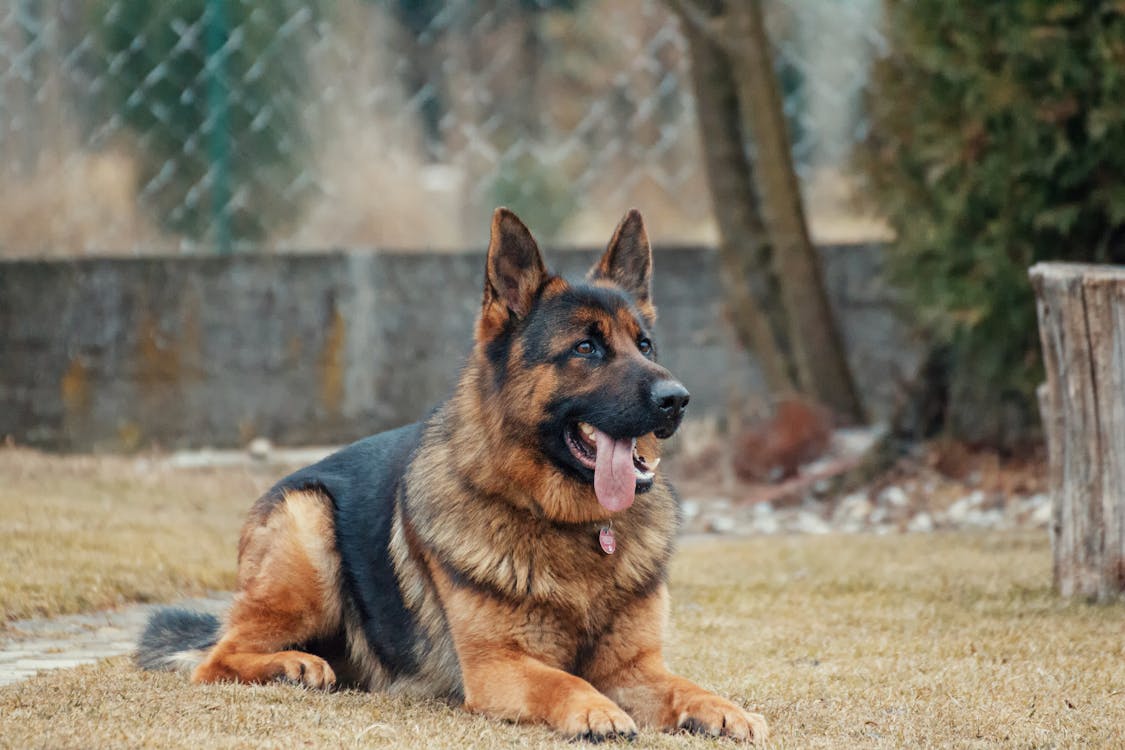Feeding your dog a raw food diet has become a popular trend among pet owners who believe it is a healthier and more natural alternative to commercial pet foods. However, while some claim that raw feeding offers significant health benefits, others argue it comes with risks. Before deciding whether raw feeding is right for your dog, it’s important to weigh both the pros and cons.
Pros of Feeding Your Dog Raw Food
1. Improved Coat and Skin Health
- Shinier Coats and Healthier Skin
One of the most noticeable benefits of a raw food diet is the improvement in a dog’s coat and skin. Raw food, rich in natural oils and proteins, can enhance coat luster, reduce shedding, and alleviate common skin issues.
2. Better Dental Health
- Cleaner Teeth and Fresher Breath
Raw feeding often includes raw bones, which can act as natural toothbrushes for your dog. Chewing on these bones helps reduce plaque buildup and promotes healthier gums, leading to better dental hygiene overall.
3. Increased Energy Levels
- Boosted Stamina and Vitality
Dogs fed raw diets tend to have more sustained energy. Without the fillers and preservatives found in many commercial dog foods, they get pure nutrition that can lead to greater stamina and an overall sense of vitality.
4. Weight Management
- Lean Muscle Development
Raw food diets, when properly balanced, can help maintain a dog’s healthy weight by reducing fat intake while encouraging lean muscle growth. This can be particularly beneficial for overweight dogs or those with joint issues.
5. Smaller Stools
- Less Waste
Many pet owners report that dogs on raw diets produce smaller, firmer stools. This is often because raw diets are more digestible and result in less waste, making clean-up easier.
Cons of Feeding Your Dog Raw Food
1. Risk of Bacterial Contamination
- Potential for Salmonella and E. coli
One of the biggest concerns with raw feeding is the risk of bacterial contamination. Handling raw meat increases the risk of exposing both your dog and your household to harmful bacteria like Salmonella, E. coli, and Listeria.
2. Nutritional Imbalance
- Lack of Essential Nutrients
Feeding a raw diet requires careful planning to ensure your dog gets the right balance of nutrients. Without the right variety of proteins, vegetables, and supplements, your dog could miss out on essential vitamins and minerals, leading to deficiencies.
3. Choking Hazards
- Bones and Sharp Pieces
While raw bones can improve dental health, they also pose a risk of choking or intestinal blockage. Bones that splinter easily can cause serious injuries to a dog’s throat, stomach, or intestines.
4. Cost and Time-Consuming
- Expensive and Inconvenient
Preparing a raw diet can be both time-consuming and expensive. Raw ingredients often cost more than commercial dog food, and it takes time to properly prepare and store raw meals in a way that ensures safety and quality.
5. Difficulty in Travel and Boarding
- Limited Options Away from Home
If you travel frequently or rely on dog boarding services, maintaining a raw food diet for your dog can be difficult. Not all boarding facilities accommodate raw diets, and finding safe ways to store raw food while traveling can be inconvenient.
Conclusion
Feeding your dog a raw food diet comes with both significant benefits and notable risks. While raw feeding can lead to a shinier coat, better dental health, and increased energy, it also carries risks of bacterial contamination, nutritional imbalance, and choking hazards. The key to successful raw feeding is ensuring you are well-informed, careful in preparation, and diligent in maintaining a balanced diet for your dog. If you’re considering switching to raw food, consult your veterinarian to make the best decision for your dog’s health and lifestyle.

